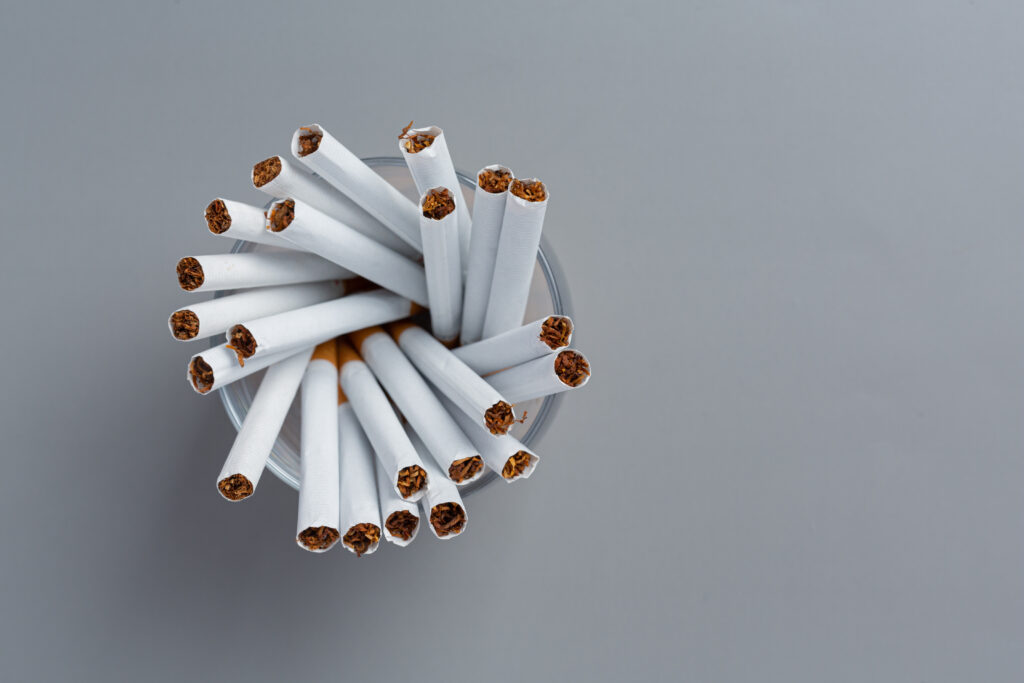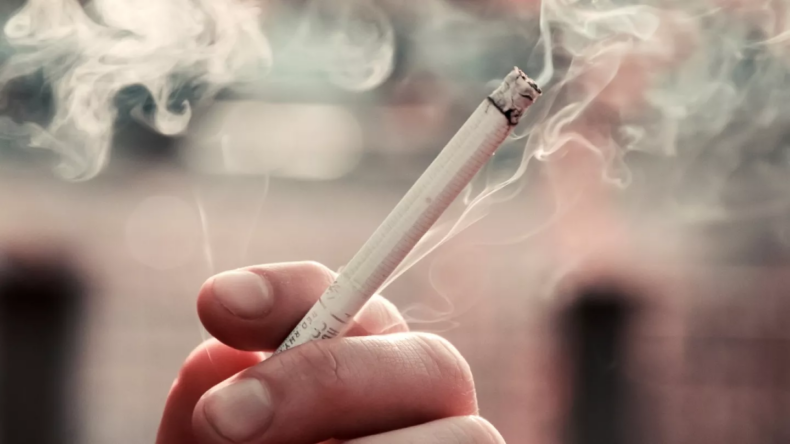Introduction: The Quest for Affordable Alternatives
In the sprawling landscapes of Canada, consumers have discovered an economical tobacco avenue: Native smokes. This cost-effective alternative has not only turned heads but has also revolutionized the way many perceive tobacco consumption.
The Indigenous Tobacco Trade: A Brief Overview
Historically, the Indigenous communities in Canada have cultivated tobacco for both ceremonial and trade purposes. Today, the modern manifestation of this ancient trade has transformed into a lucrative industry. With lower tax rates due to sovereign rights, Indigenous-produced cigarettes offer significant savings.

Why Are Indigenous Smokes Less Expensive?
Tax Implications: Sovereign rights exempt Indigenous businesses from many federal and provincial taxes, leading to a natural reduction in costs.
Direct Distribution: Bypassing many middlemen in the supply chain means more savings are passed on to the consumer.
Community-driven Growth: Rooted in community values and traditions, the Indigenous tobacco industry prioritizes affordability.
The Quality Conundrum: Do Savings Compromise Excellence?
The affordability of Indigenous smokes has naturally prompted questions regarding their quality. Can a product that’s more cost-effective still maintain high standards? Let’s delve deeper into this topic.
Understanding the Production Process
First and foremost, it’s essential to grasp how Indigenous tobacco is produced. Contrary to some misconceptions, these products aren’t hastily crafted in makeshift environments. Many Indigenous producers have invested in modern manufacturing facilities, ensuring that the production process is both efficient and up to par with industry standards.
Traditional Knowledge Meets Modern Techniques
Indigenous tobacco producers benefit from centuries of traditional knowledge. This deep-rooted understanding of tobacco cultivation and processing is now complemented with contemporary techniques. The fusion of age-old wisdom and new-age technology often results in a product that’s meticulously crafted.
Regulations and Oversight
While Indigenous territories operate under different legal frameworks, this doesn’t mean there’s an absence of oversight. Many Indigenous communities have their own quality control measures and regulatory bodies that monitor the production, ensuring products are safe and of high caliber.
Comparing with Mainstream Brands
When juxtaposed with mainstream tobacco brands, Indigenous smokes frequently hold their own in terms of quality. The primary difference often lies in pricing, driven by tax differences and direct distribution channels, not in the inherent quality of the tobacco.
Consumer Feedback: The Ultimate Litmus Test
Lastly, one cannot overlook the power of consumer feedback. Many smokers have transitioned to Indigenous brands, finding them comparable, if not superior, to their previous choices. This shift, coupled with the sustained demand, testifies to the product’s credibility in the market.
In conclusion, the savings associated with Indigenous smokes don’t inherently denote compromised quality. Instead, they’re a reflection of different production and distribution dynamics. Consumers can, and often do, enjoy premium tobacco experiences without the premium price tag.

Conclusion: The Future of Indigenous Tobacco in Canada
The allure of Indigenous smokes in Canada is undeniable. As the industry continues to grow, consumers can expect to see more brands, varied products, and even deeper insights into the rich tobacco heritage of Canada’s First Nations.




